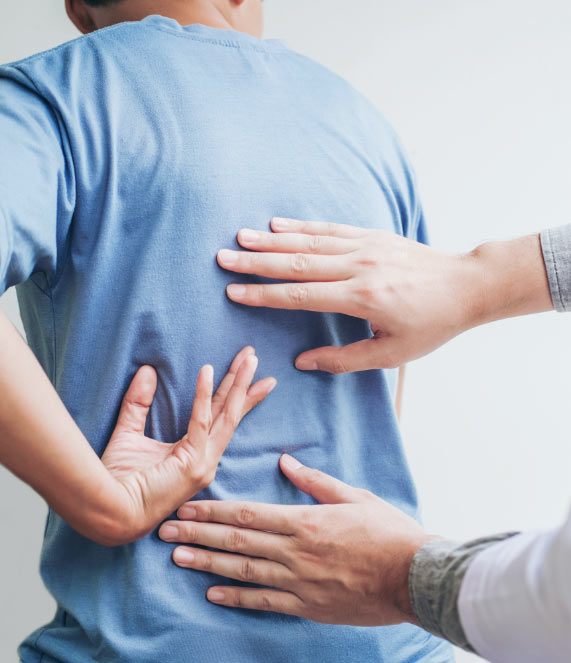
There are 26 vertebrae and 23 discs in the spine, tasked with protecting and supporting the spinal cord and nerves. When damage or deterioration occurs, a number of factors may be at play.
Many conditions can affect the spine, from the neck through the thoracic down to the lumbar spine, causing degenerative disease and debilitating pain.
Spinal Conditions
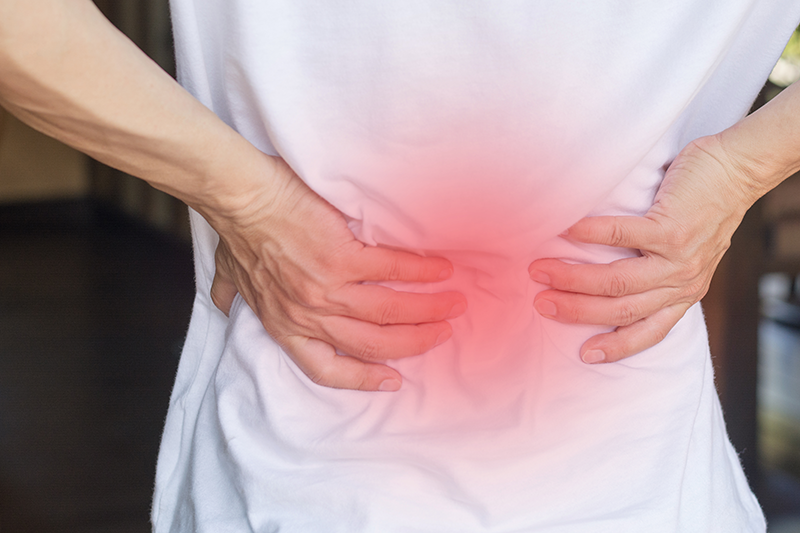
Herniated Disc
The discs in your spine can start to degenerate as early as your teens. Water content is lost as you age, and the discs become more brittle as they dry out, which can cause them to swell and bulge. Because it’s a normal part of the aging process, these changes can often occur without pain, but they also may contribute to and account for most episodes of lower back pain.
A herniated disc (also called a slipped disc, bulging disc or protrusion) can mostly affect the lumbar spine - between the bottom of your ribs and your hips - and are common for people in their 30s and 40s. Symptoms can include sharp or throbbing pain or discomfort in your back, that can travel down your leg. You may also experience numbness, tingling or weakness in the buttocks, legs or feet, or a shooting pain that occurs upon sneezing, coughing, straining or sitting or standing for long periods of time.
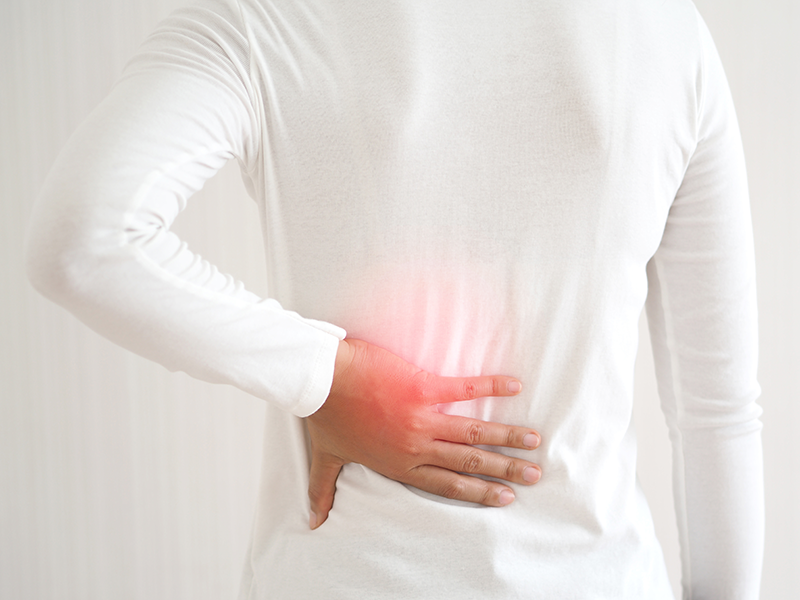
Spinal Stenosis
This condition can be congenital (present at a young age) or occur as we grow older. It refers to the shrinking or narrowing of the spinal canal. As the canal narrows, there is less room for the nerves to branch out and move freely, so they can become swollen and inflamed, causing considerable pain.
Symptoms can start to appear slowly, or may come on suddenly. As the disease progresses, some people may feel a sharp, jabbing pain in their leg as they walk. Spinal Stenosis mostly affects people between the ages of 50 and 70.
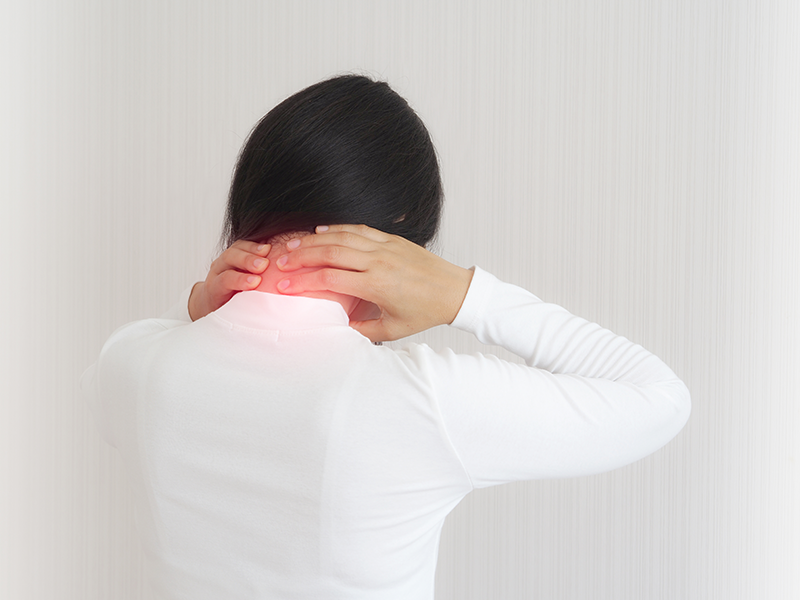
Spondylosis
Spondylosis (Spinal Osteoarthritis) is a common condition that can worsen with age. It’s defined as arthritis that affects the spine, with symptoms that may range from mild to severe. Structural components of the spine affected by spondylosis include intervertebral discs, facet joints and ligaments.
Degenerative changes in the spine can cause a cascade of problems. Damaged discs decrease the space between the vertebral bodies, which also affects the facet joints, often leading to irritation and inflammation of nerve roots, and ultimately to pain. Sometimes the body’s response to an ill-functioning facet joint is to produce bone spurs also called osteophytes. These spurs can also cause further pain and problems.
Surgical treatment for Spondylosis alone is seldom needed unless evidence of neurological deficit exists. This may include compression of spinal nerves which may result in weakness or bowel or bladder incontinence.
Please see below for possible symptoms.
Symptoms
Cervical Spondylosis
- Pain that comes and goes
- Pain spreads into your shoulders, arms, hands, fingers
- Morning neck or shoulder stiffness or a limited range of motion after getting out of bed
- Neck or shoulder tenderness or numbness
- Weakness or tingling in your neck, shoulders, arms, hands, or fingers
- Headache pain in the back of your head
- Loss of balance
- Difficulty swallowing (in rare cases this can occur if the esophagus is compressed)
Thoracic Spondylosis
- Pain in the upper and mid-sections of the back
- Bending and extending your body triggers pain
- Morning stiffness
Lumbar Spondylosis
- Back pain that comes and goes
- Morning low back stiffness after getting out of bed
- Pain that decreases with rest or after exercise
- Area tenderness or numbness
- Sciatica (mild to intense leg pain)
- Weakness, numbness, or tingling in the low back, legs, or feet
- Difficulty walking
- Bowel or bladder problems (This is rare, but it may occur if the spinal nerve is compressed)
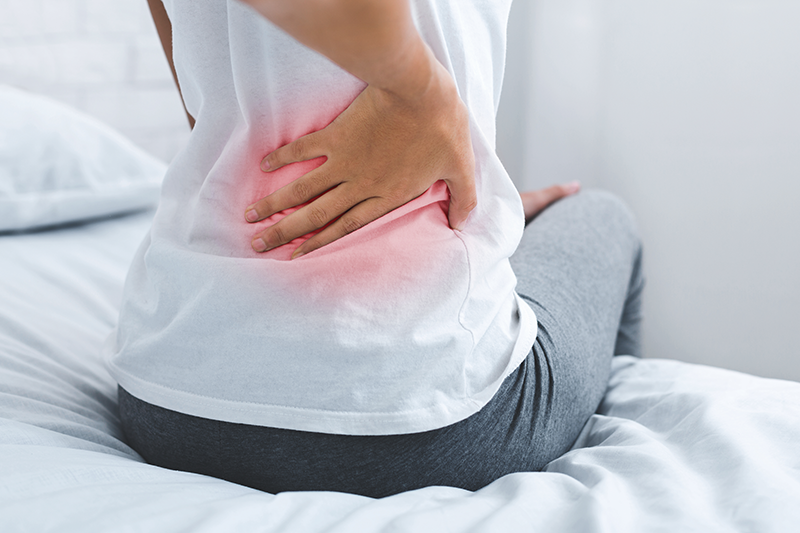
Spondylolisthesis
Spondylolisthesis occurs when one of the vertebra slips out of place, resting and putting pressure on the one below. This causes spine instability which, over time, can lead to pinched nerves and ultimately mild to severe or chronic pain. Spondylolisthesis can happen in response to a degenerative spine, or as a result of a stress fracture.
- Degenerative spondylolisthesis is the most common type that happens due to aging. As the discs in the spine thin and lose water, they become more likely to slip out of place.
- Congenital spondylolisthesis where the baby’s spine isn’t fully developed before birth, causing the spine to grow abnormally.
- Isthmic spondylolisthesis happens as a result of spondylolysis. Degeneration of the spine causes a crack or fracture of the neck of the facet joint, weakening the bone.
- Traumatic spondylolisthesis resulting from an acute injury or fracture.
- Pathological spondylolisthesis caused by a disease (such as osteoporosis) or tumor.
- Post-surgical spondylolisthesis occurring as a result of spinal surgery.
Spondylolisthesis can also occur as a result of spondylolysis.
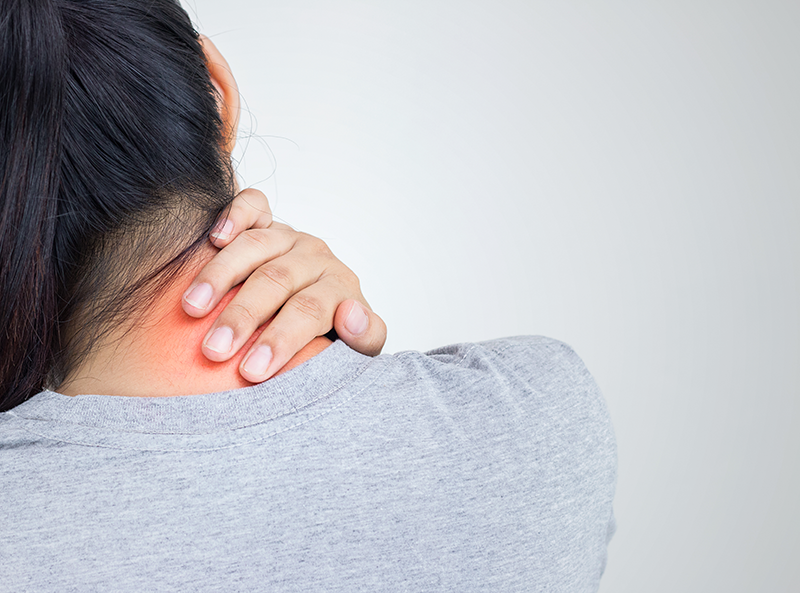
Spondylolysis
Spondylolysis occurs when a crack or stress fracture develops in the small, thin portion of the vertebra that connects the upper and lower facet joints, also known as the pars interarticularis. This is the weakest part of the vertebra, which makes it very vulnerable to injury, particularly in athletes, football players, weightlifters and gymnasts whose spines are often subject to repetitive stresses. Spondylolysis that goes untreated can lead to spondylolisthesis.
In most cases, pain and other symptoms can be relieved or improve with conservative treatment. More persistent pain or severe slippage may need surgery in order to help relieve pain or return to activities.
A Holistic Approach
It’s rare to find a team who approach health the way we do. We take a holistic approach to your treatment, identifying ‘cause and effect’ to help ensure continued movement, flexibility and spinal restoration beyond surgical procedures.


“I'm sure you always hear how much you have made a difference in the quality of living after helping so many people, so you are going to hear it one more time from me. Thank you for everything and for being so sweet, patient and giving of yourself!”
We’ve changed the lives of thousands of people, including your favorite sports heroes and Hollywood stars, helping them to move better, every day.
“I'm sure you always hear how much you have made a difference in the quality of living after helping so many people, so you are going to hear it one more time from me. Thank you for everything and for being so sweet, patient and giving of yourself!”



